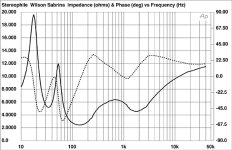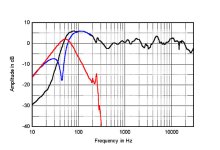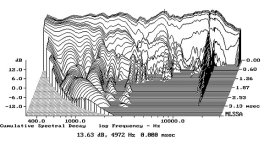Looking good in your system. Seems that the interaction of the port with the room is unpredictable. Some have reported being able to place them within 1 ft (?) from the rear wall while you have experienced bass happiness (boom or excessive bass) in your decent size, treated, room some 3 - 4 ft from the rear wall.
Would you say that they sound great for the money or do they compete with higher priced speakers?
Would you say that they sound great for the money or do they compete with higher priced speakers?




